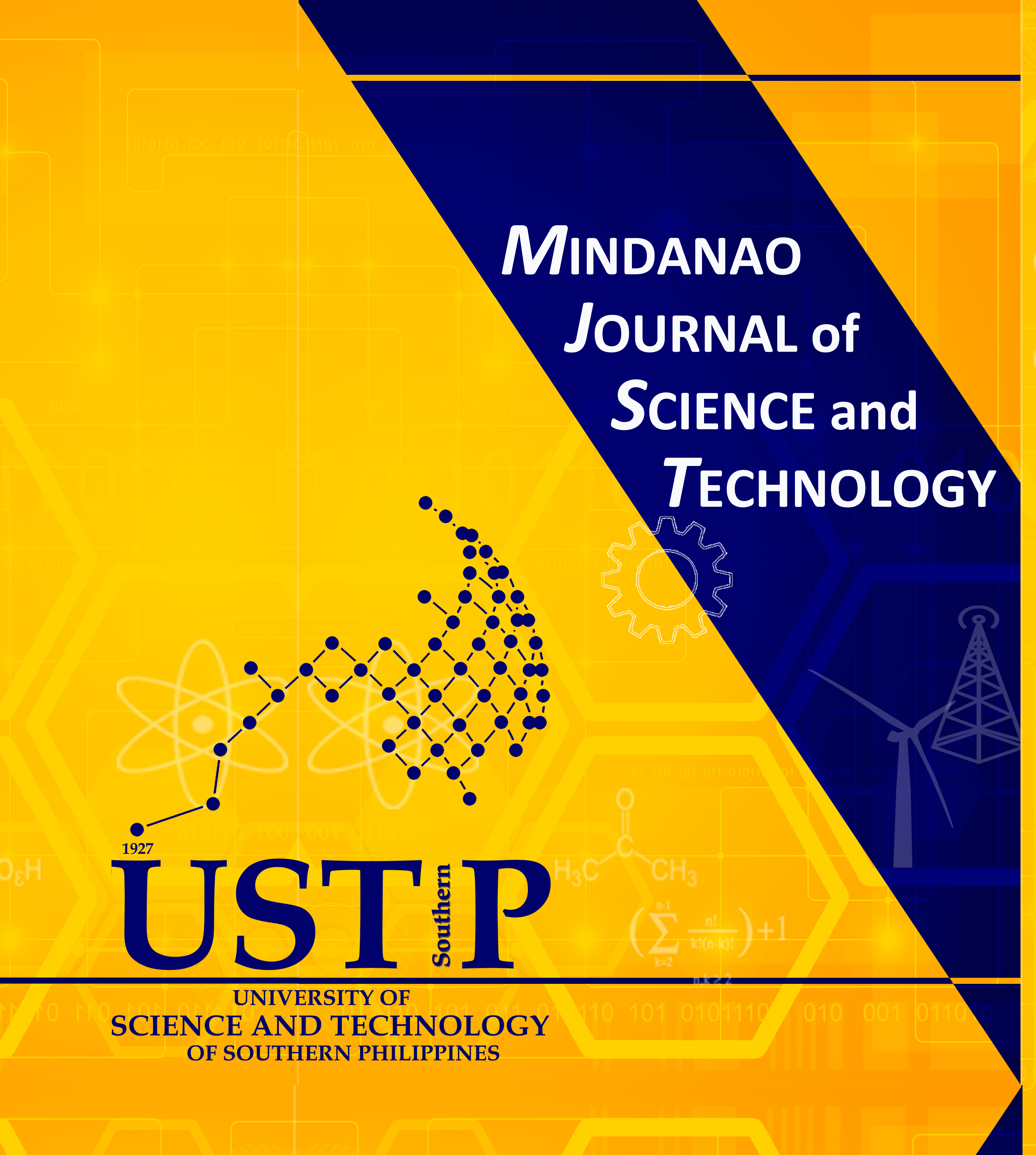Changes in Carbon and Nutrient Stocks of Secondary Forest Transformations Under Ultisol in Leyte Island, Philippines
Keywords:
Ultisol, secondary forest, grassland, soil organic carbon stocks, total aboveground biomassAbstract
Ultisols are old soils, inferior and acidic. However, tropical secondary forests (SF) under this soil are transformed into grasslands (GL) and forest plantations (FP) which could profoundly affect the carbon and nutrient stocks. To support efforts in conserving tropical forest, estimates of these are essential, especially in addressing climate change and carbon sequestering. This study aimed to quantify soil organic carbon (SOC), total aboveground biomass (TAGB) and nutrient stocks of SF transformations using three adjacent land-use types, namely SF, GL and FP with comparable climate, parent material, soil type and geology. Results showed that land-use mean of organic carbon, TAGB, potential cation exchange capacity, effective cation exchange capacity, exchangeable acidity, hydrogen ion, aluminum, magnesium, calcium, potassium, sodium and the base saturation decreased when SF was converted into GL and then into FP. Additionally, there was a slight increase in SOC stocks, total nitrogen, available phosphorus and pH in H2O when SF was converted into GL and then into FP. This study indicates that SF conversion into GL and FL did not affect SOC stocks and has no significant relationship with TAGB.










